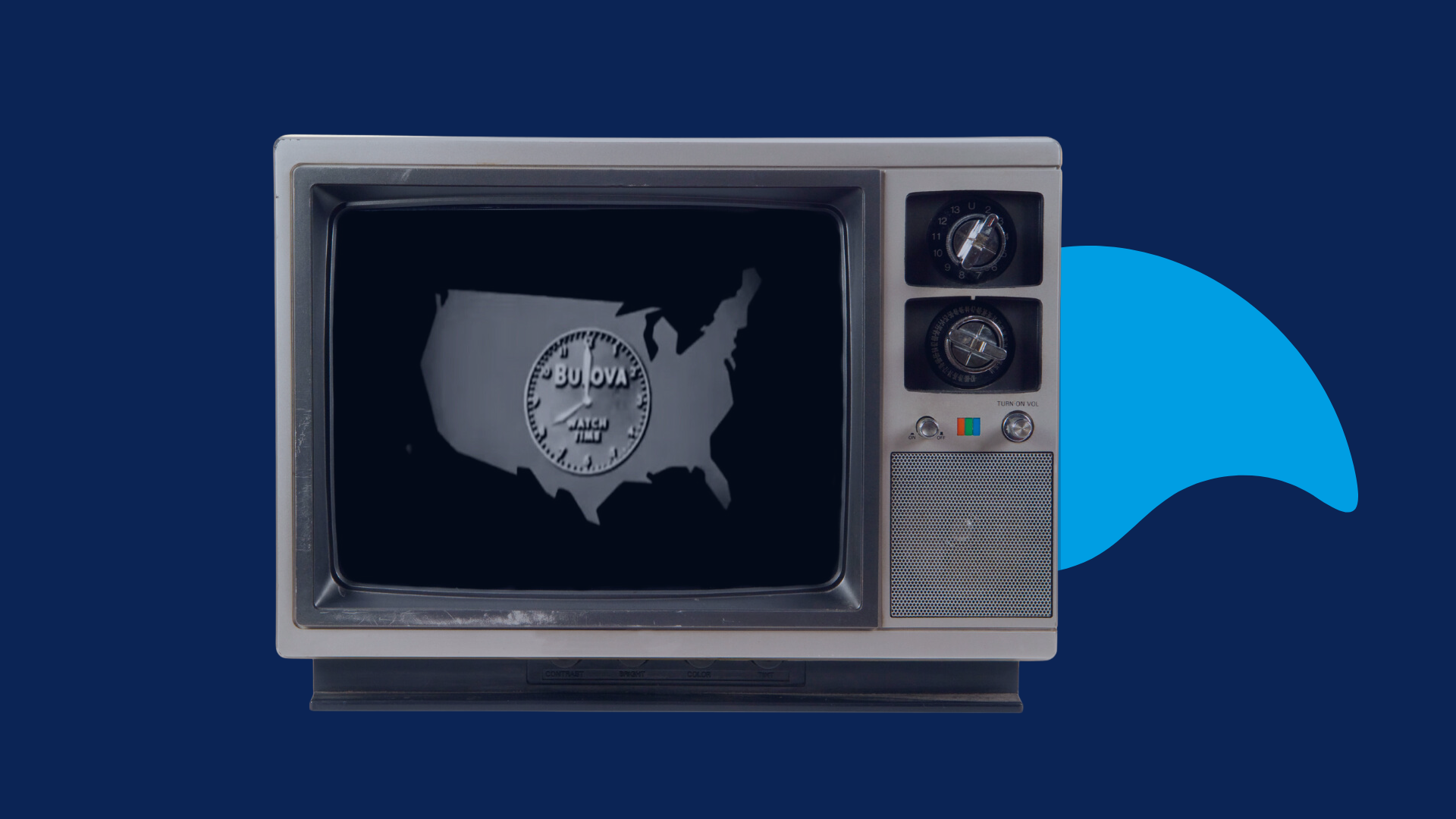

July, 2024
The world of advertising has come a long way since its inception, with one of the most significant moments in its evolution being the broadcast of the first television commercial.
This event marked the beginning of a new era in how companies reached their consumers, using the power of image and sound to capture the public's attention and communicate their message in a completely novel way.
Historical Context:
In 1941, television was still in its early stages of development, and only a few households in the United States had access to a TV and its limited programming. During this historical period, with World War II in full swing, the vast majority of resources and efforts were directly devoted to the war effort. However, the possibilities of television were immense, and companies began exploring how they could leverage this new medium to promote their products.
Television offered a unique advantage: the ability to combine audio and moving images, creating a much more immersive and memorable experience for viewers.
The First TV Commercial:
The world's first television commercial was broadcast on July 1, 1941, in the United States, right before a baseball game between the Brooklyn Dodgers and the Philadelphia Phillies. The company responsible for this innovative step in communication and advertising was Bulova, a brand known for its quality and precision watches.
Details of the Commercial:
The Bulova commercial lasted just 10 seconds and showed an image of the map of the United States with a Bulova watch superimposed on the screen. The voiceover proclaimed, "America runs on Bulova time." This simple message not only promoted Bulova watches but also capitalized on national pride and the sense of unity that prevailed at the time, especially with the backdrop of World War II.
It appealed to the sentiments of an entire nation, demonstrating the importance of emotional marketing in capturing viewers' attention and leaving a lasting impression, despite its simplicity and brief duration.
Production and Costs:
The production of this first television commercial was a relatively simple process compared to today's standards. There were no special effects or elaborate graphics, as the technology of the time was limited, and the focus was on conveying a clear and concise message. The total cost of this commercial was just $9, a sum that seems insignificant today but was a considerable investment for a company exploring a new advertising medium.
Impact and Legacy:
The impact of this first television commercial was immediate and profound, laying the foundation for the growth of television advertising in the following decades. Other companies quickly realized the potential of television as an advertising medium and began investing in the creation of more elaborate and attractive commercials. Over time, television advertising became a multi-billion-dollar industry, transforming how companies promoted their products and how the public consumed information and entertainment.
Today, television commercials are an integral part of popular culture and have evolved to include complex narratives, impressive visual effects, and powerful emotional messages.
Evolution of Television Advertising:
Since that first commercial, television advertising has evolved significantly. In the following decades, commercials became more sophisticated and creative. During the 1950s and 1960s, the "Golden Age" of television, iconic commercials emerged that became part of the cultural fabric of the countries in which they were broadcast. Catchy jingles, movie stars, and emotional messages became staples of television advertising and popular culture.
In the 1980s and 1990s, television advertising began to leverage technological advances, incorporating special effects and computer graphics. The arrival of cable and satellite TV further expanded opportunities for advertisers, allowing them to reach more segmented audiences and better target their desired demographics.
Today, television advertising remains one of the most powerful tools for impacting consumers, although it has had to adapt to competition from digital media and new formats such as connected TV. Commercials can now be interactive, personalized, and measured with unprecedented precision, thanks to digital platforms and social media integration.

In conclusion:
In a world where media is constantly changing and innovating, it is important to remember and appreciate the historical milestones that shaped the industry as we know it today.
In the realm of TV advertising, Bulova's 1941 commercial was a historic moment that opened the doors to a world of possibilities and represented a shift in how companies communicated with the public, laying the groundwork for the evolution of modern advertising.